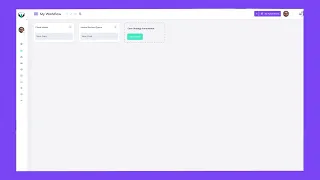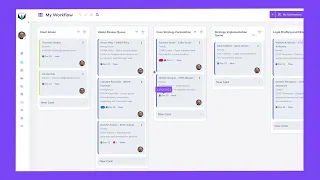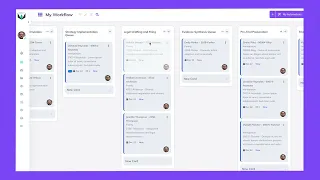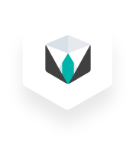Watch step-by-step as we turn the Amy Paul Law Firm’s real-world workflow into a complete Kanban board—using queues to separate waiting from working and ensuring every matter advances only when resources are truly available.
Board Structure Covered in the Video
Client Intake – first meetings, pricing scope, due-diligence, engagement letter.
Intake Review Queue – holding area until initial case assessment is ready.
Case Strategy Formulation – fact review, issue spotting, strategic plan.
Strategy Implementation Queue – cases pause while resources (research, counseling) are assigned.
Legal Drafting & Filing – active drafting of pleadings and key documents.
Evidence Synthesis Queue – waiting for depositions, interrogatories, records.
Pre-Trial Preparation – final motions, exhibit lists, witness prep.
Trial Queue – cases “trial-ready” but awaiting court schedule or last checks.
Trial / Courtroom Proceedings – live courtroom activity tracked.
Verdict Processing Queue – hold for appeals, judgment enforcement.
Case Conclusion – administrative wrap-up, client file updates, close-out tasks.
Key Takeaways
Use Queues Generously – separate “waiting” columns prevent hidden bottlenecks and protect capacity.
Map Every Handoff – a new column for each resource transition brings delays into the open.
Workload Safety Net – progress matters only when the next stage has bandwidth, avoiding overwhelm.
Visual Clarity – the full board gives instant insight into where every case sits—from intake to conclusion.

In this lesson, you'll learn how to identify if you should implement the Kanban methodology and how to get started.

An in-depth look at integrating Agile methodologies in a legal setting, guided by industry expert John E. Grant.

Where and how should you start implementing Kanban? Let's go over how to use what you already do and translate it into Kanban.

Let's walk you through how to build a Kanban board using Legalboards for our example firm.

Now that we know the framework and how to build a board, let's step back and examine how to view the work we've completed so far.

In this lesson, we'll dive into one of the concepts that John covered in lesson 2, WIP limits. You'll learn how to apply them for effective management.

Tips about how to best view your board so you can ensure you understand everything at a glance.

One of the most important benefits of using Kanban is the enhanced client experience. Let's examine how to optimize your operations for clients.

In this lesson, we'll wrap up this course and the Agile concepts covered.
